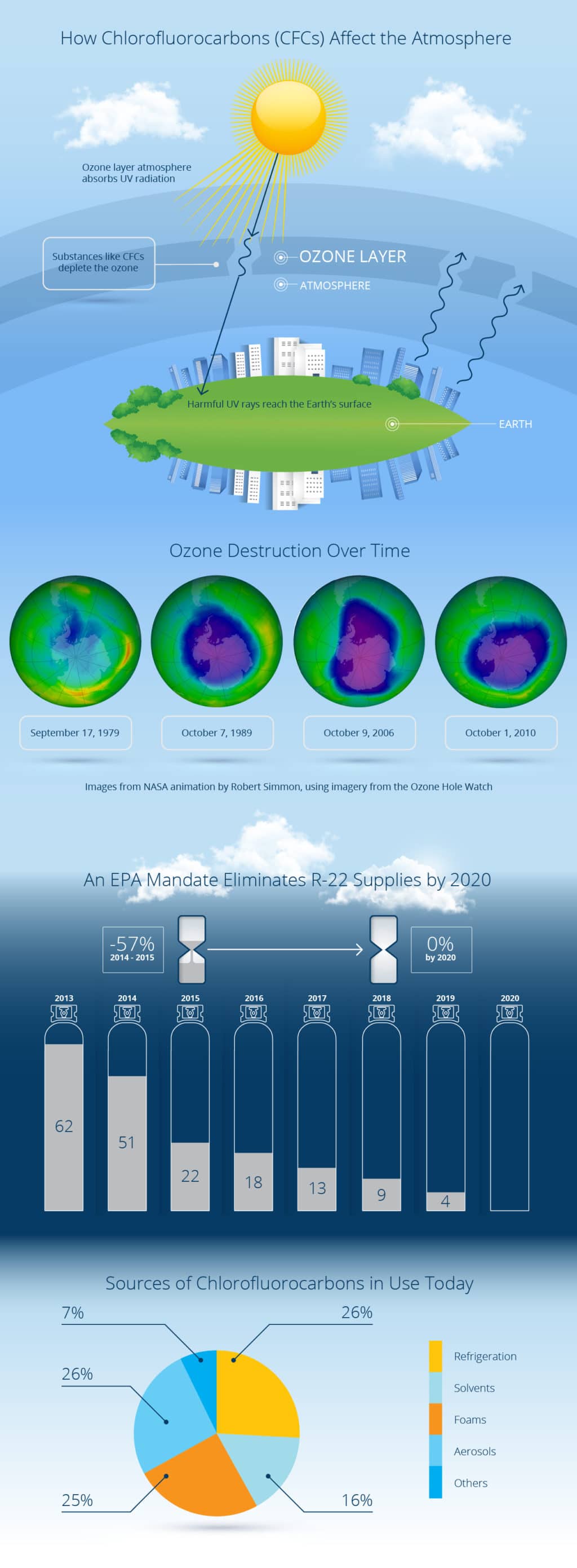The Ultimate Overview To Recognizing Heat Pumps - Exactly How Do They Function?
The Ultimate Overview To Recognizing Heat Pumps - Exactly How Do They Function?
Blog Article
Author-Hoppe Dickson
The best heat pumps can conserve you considerable amounts of money on power costs. They can also help in reducing greenhouse gas exhausts, particularly if you make use of power in place of nonrenewable fuel sources like gas and heating oil or electric-resistance heaters.
Heatpump work significantly the like ac system do. This makes them a feasible alternative to typical electrical home heating unit.
Just how They Work
Heatpump cool down homes in the summertime and, with a little assistance from electrical energy or gas, they offer some of your home's heating in the winter months. They're a good option for people who wish to decrease their use of fossil fuels yet aren't prepared to change their existing heater and cooling system.
They rely on the physical fact that even in air that seems also cold, there's still power existing: warm air is constantly moving, and it wishes to relocate into cooler, lower-pressure settings like your home.
The majority of power STAR certified heatpump run at near to their heating or cooling ability throughout a lot of the year, lessening on/off biking and conserving energy. For the best performance, concentrate on systems with a high SEER and HSPF rating.
The Compressor
The heart of the heat pump is the compressor, which is additionally known as an air compressor. This mechanical streaming tool uses potential energy from power production to raise the pressure of a gas by reducing its volume. https://www.guampdn.com/lifestyle/how-can-i-save-power-energy-saving-tips-from-guam-power-authority/article_55f74ce4-d482-11ec-b992-8378471e1a89.html is different from a pump in that it just deals with gases and can't collaborate with liquids, as pumps do.
Atmospheric air gets in the compressor via an inlet valve. It travels around vane-mounted arms with self-adjusting size that split the inside of the compressor, developing several dental caries of differing dimension. The blades's spin pressures these tooth cavities to move in and out of phase with each other, pressing the air.
The compressor attracts the low-temperature, high-pressure refrigerant vapor from the evaporator and compresses it into the hot, pressurized state of a gas. This procedure is repeated as needed to supply heating or air conditioning as required. https://commercial-a-c-companies66555.fare-blog.com/29435644/the-conclusive-guide-to-choosing-the-right-size-heat-pump-for-your-home consists of a desuperheater coil that recycles the waste heat and includes superheat to the cooling agent, transforming it from its fluid to vapor state.
The Evaporator
The evaporator in heat pumps does the exact same thing as it does in fridges and ac unit, changing liquid refrigerant into a gaseous vapor that gets rid of warm from the room. Heatpump systems would not work without this vital piece of equipment.
This part of the system lies inside your home or building in an indoor air handler, which can be either a ducted or ductless system. It contains an evaporator coil and the compressor that compresses the low-pressure vapor from the evaporator to high pressure gas.
Heat pumps absorb ambient heat from the air, and after that make use of power to move that heat to a home or organization in heating setting. That makes them a great deal more power efficient than electrical heating systems or furnaces, and because they're utilizing clean electricity from the grid (and not shedding gas), they likewise create far fewer emissions. That's why heatpump are such fantastic ecological choices. (And also a massive reason that they're coming to be so popular.).
The Thermostat.
Heatpump are terrific alternatives for homes in chilly environments, and you can use them in combination with typical duct-based systems or perhaps go ductless. They're a fantastic different to fossil fuel heater or traditional electric furnaces, and they're a lot more sustainable than oil, gas or nuclear HVAC equipment.
Your thermostat is one of the most vital element of your heatpump system, and it works really in different ways than a traditional thermostat. All mechanical thermostats (all non-electronic ones) job by utilizing substances that alter dimension with raising temperature level, like coiled bimetallic strips or the broadening wax in a vehicle radiator valve.
These strips consist of two different kinds of steel, and they're bolted with each other to create a bridge that completes an electric circuit connected to your HVAC system. As the strip gets warmer, one side of the bridge broadens faster than the other, which creates it to bend and signify that the heating system is required. When the heat pump remains in heating mode, the turning around shutoff turns around the flow of cooling agent, so that the outside coil now functions as an evaporator and the indoor cylinder ends up being a condenser.